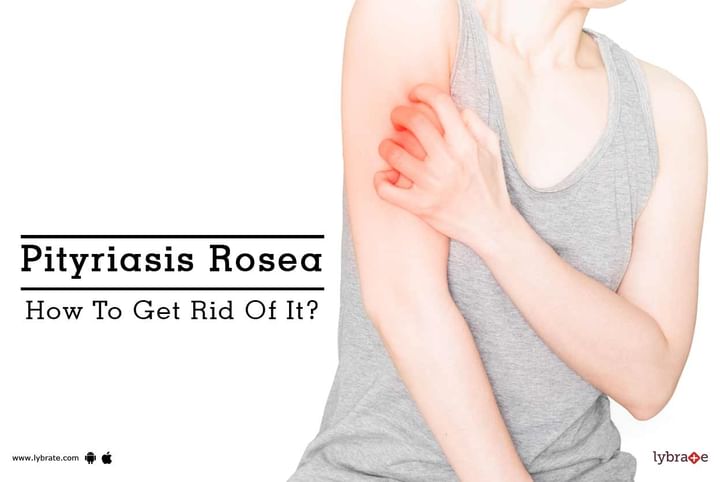Pityriasis Rosea - How To Get Rid Of It?
Pityriasis rosea is a rash that appears on your skin most commonly between the ages of 10 and 35. It is usually harmless and a pretty common condition. It is also worth noting that pityriasis rosea does not spread from person to person.
Causes
The exact causes of pityriasis rosea have not been identified yet. Some doctors claim that it is caused by a virus, bacteria or fungus while others claim that it is caused by an allergic reaction.
Symptoms
There is a fair number of warning signs of the pityriasis rosea rash. The symptoms may differ depending on the patient's general health condition, the climate and the season.
1. Size and appearance at first
When the rash first appears, it will have a raised border.It will be scaly and have pink patch which will either be round or oval. 2 to 10 cm is the usual size of the patch.
2. Few days or weeks later
1 or 2 cm is the size of many patches on the abdomen, back, chest, legs and arms which now appear. They sometimes spread to the neck but rarely spread to the face.
3. Back patches
The patches on the back are slightly different from the rest. They tend to be angled and look somewhat like a Christmas tree. Sometimes it is itchy but it goes away within 6 to 8 weeks.
Treatment
1. Apply anti-allergic powder or wash the body with cold water to prevent the rash and itching from worsening
2. Eat a lot of oatmeal and try bath products which have oatmeal in them
3. Hydrocortisone cream is very good for the itchy areas on your body. However, do not use these on the face or pubic areas.
4. Use antihistamines but do not give it to your child without checking with the doctor first.
5. Apply moisturizer regularly
6. Use gentle soaps and avoid deodorant soaps as these worsen the rash and the itching



+1.svg)
